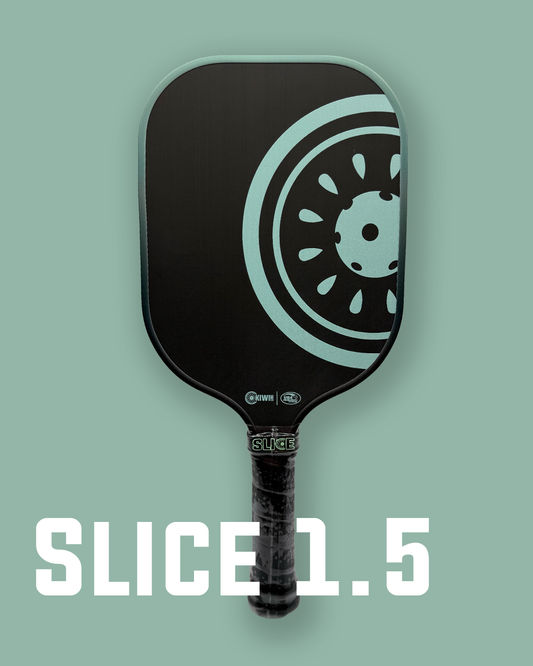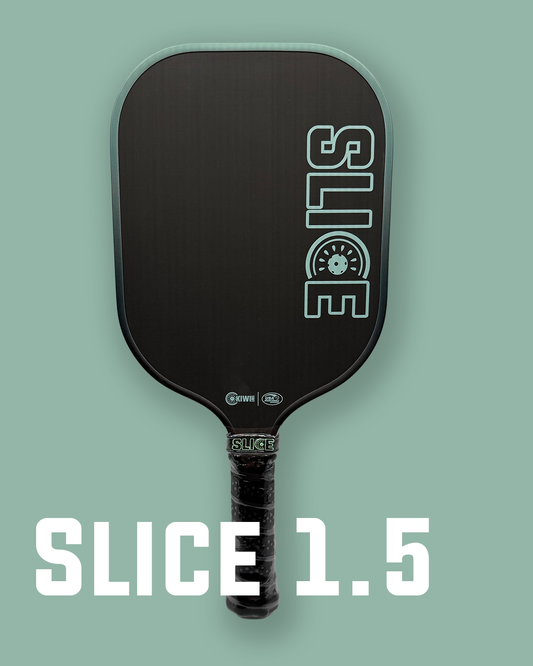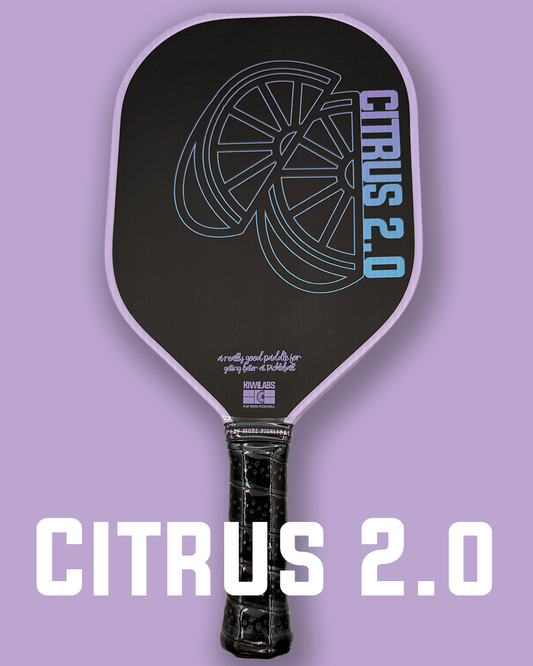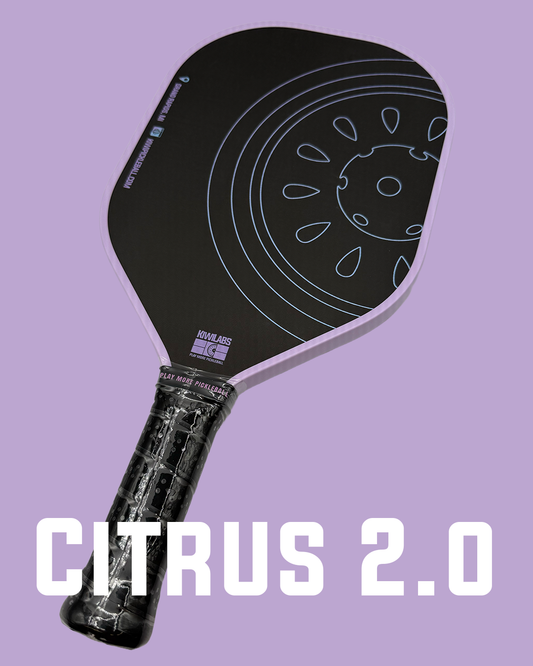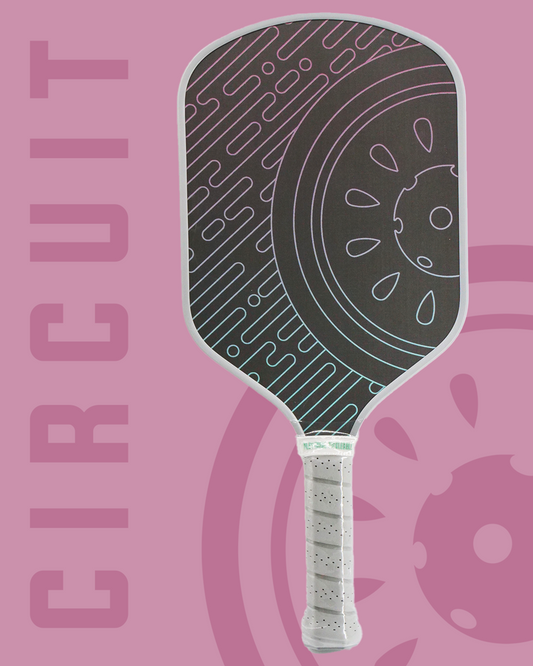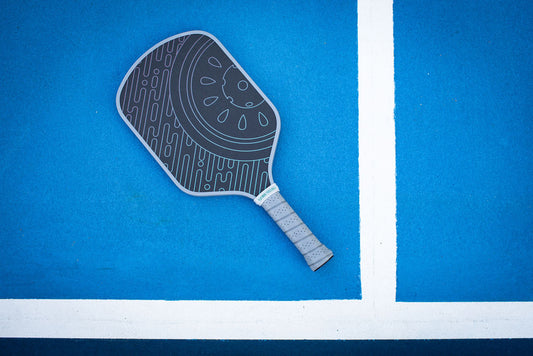Are Foam Core Pickleball Paddles Worth It? Here's What 500+ Players Actually Say

The pickleball paddle world has been buzzing with excitement, and skepticism, about foam core technology. After years of polymer honeycomb cores dominating the market, foam cores are finally delivering on their promises of superior durability and consistency. But with premium price tags often exceeding $200, are they actually worth your hard-earned money?
We've analyzed hundreds of player reviews, expert testing, and real-world feedback to give you the straight answer. Whether you're dealing with arm fatigue, frustrated with paddle durability, or just curious about the latest tech, here's everything you need to know about foam core paddles.
WHAT MAKES FOAM CORES DIFFERENT?
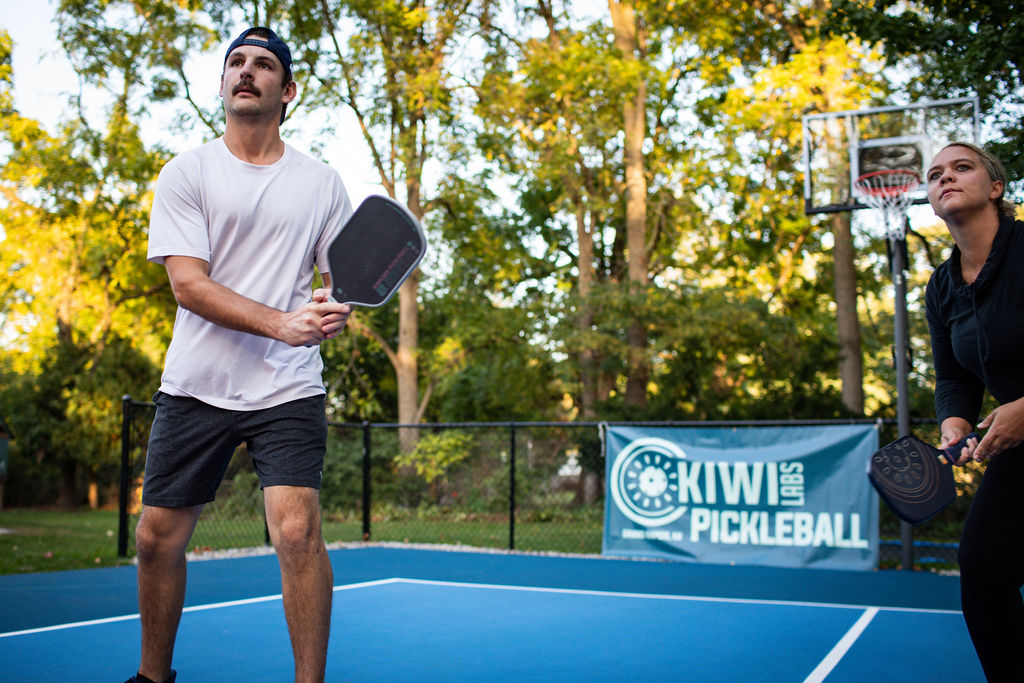
Traditional pickleball paddles use polymer honeycomb cores, essentially a plastic grid structure that provides the paddle's internal framework. Foam cores replace this entirely with dense, solid foam construction that fills the paddle face completely.
Here's the key difference: Polymer cores create small air pockets and structural weak points that can develop dead spots, core crush, and delamination over time. Foam cores eliminate these vulnerability points by using a uniform material throughout the paddle's interior.
The technology isn't entirely new, foam has been used around paddle edges for years, but only recently have manufacturers perfected foam dense enough to meet USAP regulations while delivering consistent performance. This breakthrough has created paddles that maintain their pop and feel significantly longer than traditional designs.
THE BENEFITS PLAYERS ARE RAVING ABOUT
Based on extensive player feedback across skill levels, foam cores deliver four major advantages:
DURABILITY THAT ACTUALLY LASTS The most consistent praise from players centers on longevity. Unlike polymer cores that gradually lose their responsiveness through micro-damage, foam cores maintain consistent performance for months or even years of regular play. Many manufacturers now offer lifetime core warranties on foam paddles, something unheard of with polymer designs.
"I've been through three polymer paddles in two years due to dead spots," says tournament player Sarah Chen from Michigan. "My foam core paddle still feels identical to day one after eight months of competitive play."
SUPERIOR FEEL AND COMFORT Foam cores provide a noticeably softer, more controlled impact feel without sacrificing responsiveness. The material naturally dampens vibration, reducing arm strain and making extended play sessions more comfortable. This benefit proves especially valuable for players dealing with tennis elbow or wrist issues.
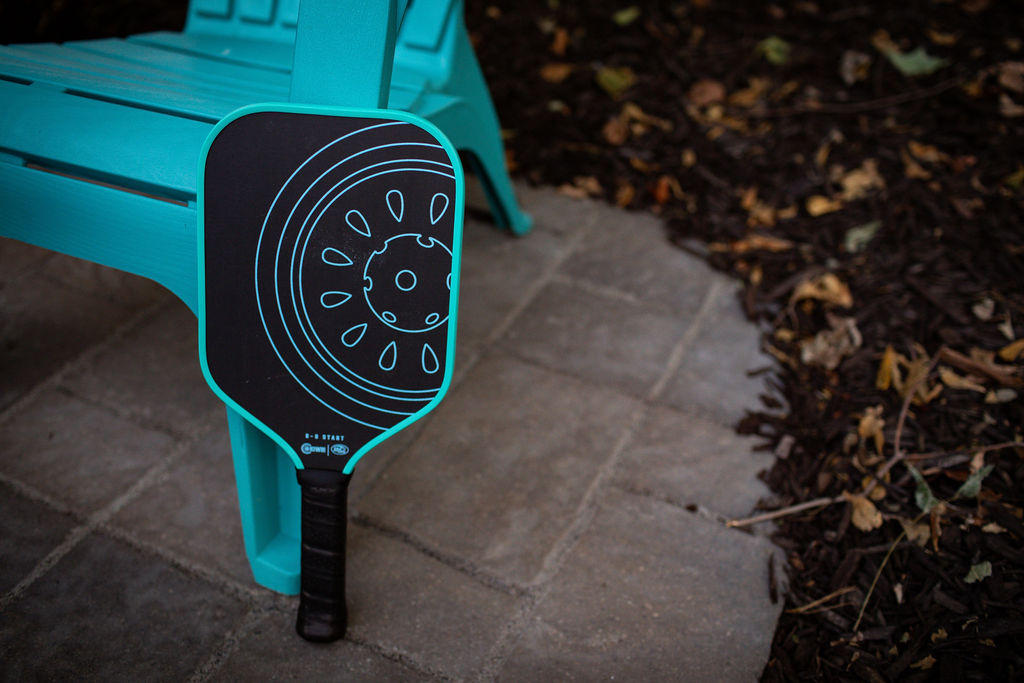
CONSISTENT SWEET SPOT Because foam fills the paddle face more evenly than honeycomb structures, players report a larger effective sweet spot with fewer dead zones. Off-center hits maintain better control and power, giving you more margin for error during fast exchanges.
ENHANCED CONTROL PRECISION The uniform internal structure allows for more predictable ball response, particularly on touch shots and dinks. Players frequently mention improved accuracy on placement shots and better feel during soft game exchanges.
BUT THERE ARE REAL TRADE-OFFS
PREMIUM PRICING Quality foam core paddles typically start around $200 and can exceed $280. While the durability may justify long-term value, the upfront investment is substantial compared to excellent polymer options available for under $150.
DIFFERENT PLAYING CHARACTERISTICS Foam paddles often provide less immediate "pop" compared to some polymer designs. Players who prioritize maximum power generation or aggressive spin creation might find better performance in traditional constructions.
LIMITED CUSTOMIZATION The uniform foam structure doesn't respond as well to weight modifications or lead tape adjustments that many advanced players use to fine-tune their paddles.
WHO SHOULD SERIOUSLY CONSIDER FOAM CORES?
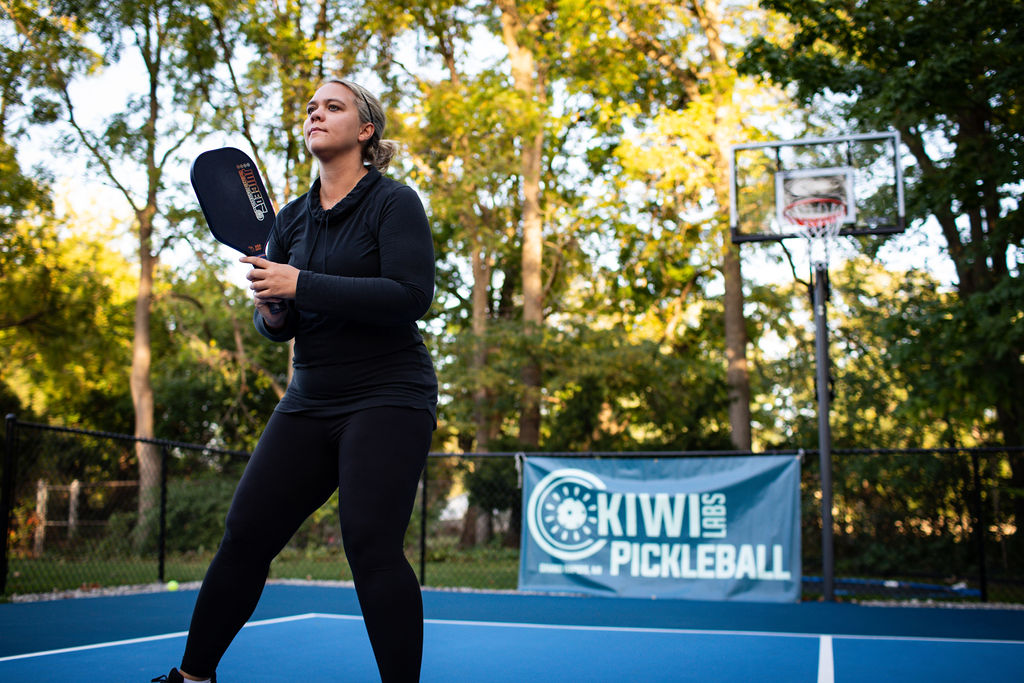
FREQUENT PLAYERS WITH DURABILITY CONCERNS If you've experienced paddle core crush, dead spots, or performance degradation, foam cores address these issues directly. Tournament players and those who play 4+ times weekly often find the longevity worth the premium price.
PLAYERS WITH ARM COMFORT ISSUES The natural vibration dampening makes foam cores ideal for anyone dealing with tennis elbow, wrist pain, or general arm fatigue during extended play sessions.
CONTROL-ORIENTED PLAYERS If your game emphasizes placement, touch, and consistency over raw power, foam cores excel in these areas. The predictable ball response helps with accurate shot placement and soft game development.
KIWILABS FOAM CORE EXCELLENCE
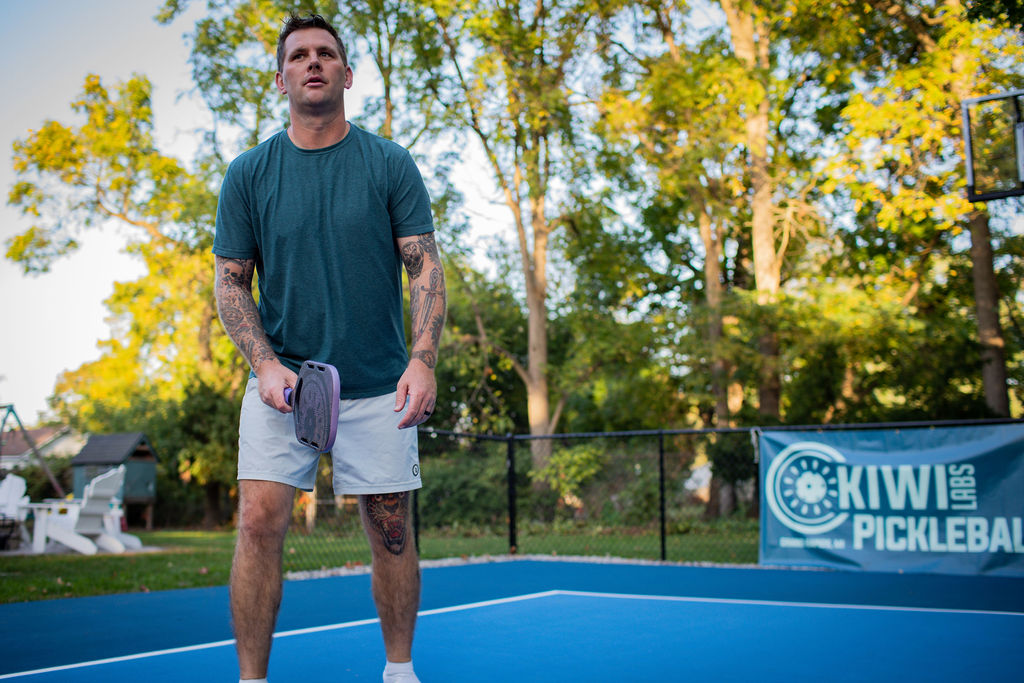
At KiwiLabs Pickleball, we've embraced foam core technology with our Circuit Dual Foam Paddle, featuring T700 thermoformed carbon fiber construction. This paddle combines the durability benefits of foam with the performance characteristics serious players demand.
WHAT MAKES OUR FOAM CORE SPECIAL:
- Dual foam core design for optimal power-to-control balance
- T700 carbon fiber face for enhanced spin and responsiveness
- Thermoformed construction for superior edge-to-edge consistency
- Professional-grade materials at accessible pricing
The Circuit represents our commitment to bringing premium paddle technology to players without the premium markup. We've seen consistent feedback about improved durability and playing comfort from recreational through tournament-level players.
WHO CAN SKIP THE FOAM REVOLUTION?
BUDGET-CONSCIOUS BEGINNERS If you're new to pickleball or playing casually 1-2 times weekly, a quality polymer paddle will serve you well without the foam premium. Focus your budget on proper technique development first.
POWER-FOCUSED PLAYERS Aggressive baseliners and players who prioritize maximum offensive capability might find better performance in polymer designs optimized for power generation.
CUSTOMIZATION ENTHUSIASTS Advanced players who regularly modify their paddles with weight adjustments may prefer the flexibility of polymer construction for fine-tuning.
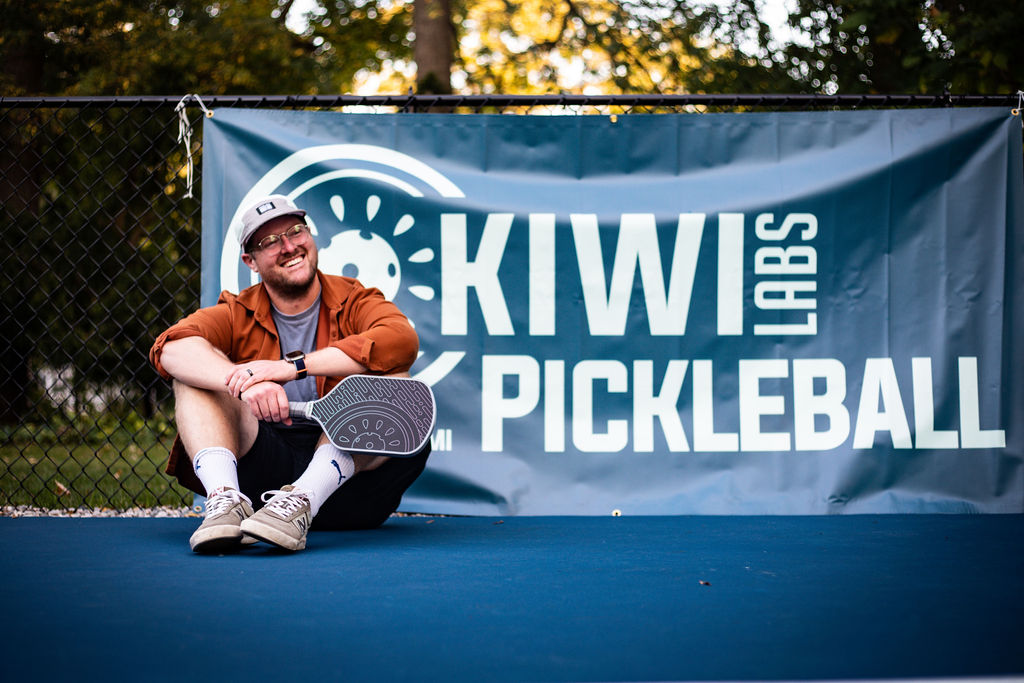
THE REAL-WORLD VERDICT
After analyzing hundreds of player experiences, foam cores deliver genuine advantages for specific player profiles. The technology isn't marketing hype, it solves real problems with paddle durability and playing comfort that many pickleball players face.
THE BOTTOM LINE: Foam cores are worth the investment if you value longevity, play frequently, or experience arm discomfort with traditional paddles. The superior durability often justifies the higher upfront cost through extended paddle life.
However, they're not automatically better for every player. Recreational players with limited budgets and those who prioritize maximum power output may find better value in quality polymer designs.
MAKING YOUR DECISION
Consider foam cores if you answer "yes" to two or more of these questions:
- Do you play pickleball 3+ times weekly?
- Have you experienced paddle durability issues?
- Do you deal with arm fatigue or discomfort during play?
- Do you prioritize consistent feel over maximum power?
- Are you willing to invest in long-term paddle performance?
NOT SURE WHICH DIRECTION TO GO? Consider your current paddle's performance and any frustrations you're experiencing. If durability and comfort rank higher than raw power in your priorities, foam cores deserve serious consideration.
Remember, the best paddle technology is the one that enhances your enjoyment of the game. Whether that's foam core innovation or tried-and-true polymer construction, choose based on your specific playing needs and budget realities.
The foam core revolution is real, but it's not universally necessary. Make your decision based on your game, not the hype.

